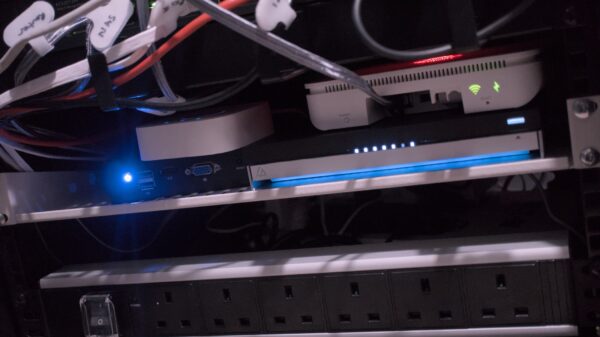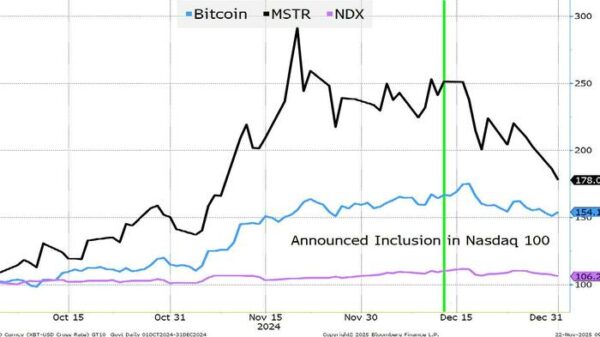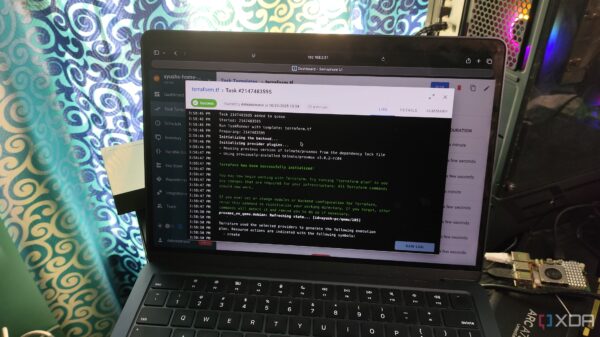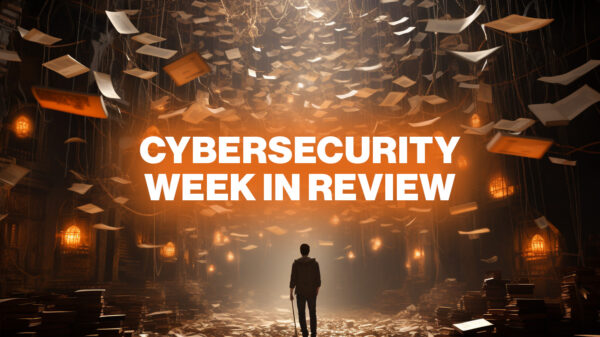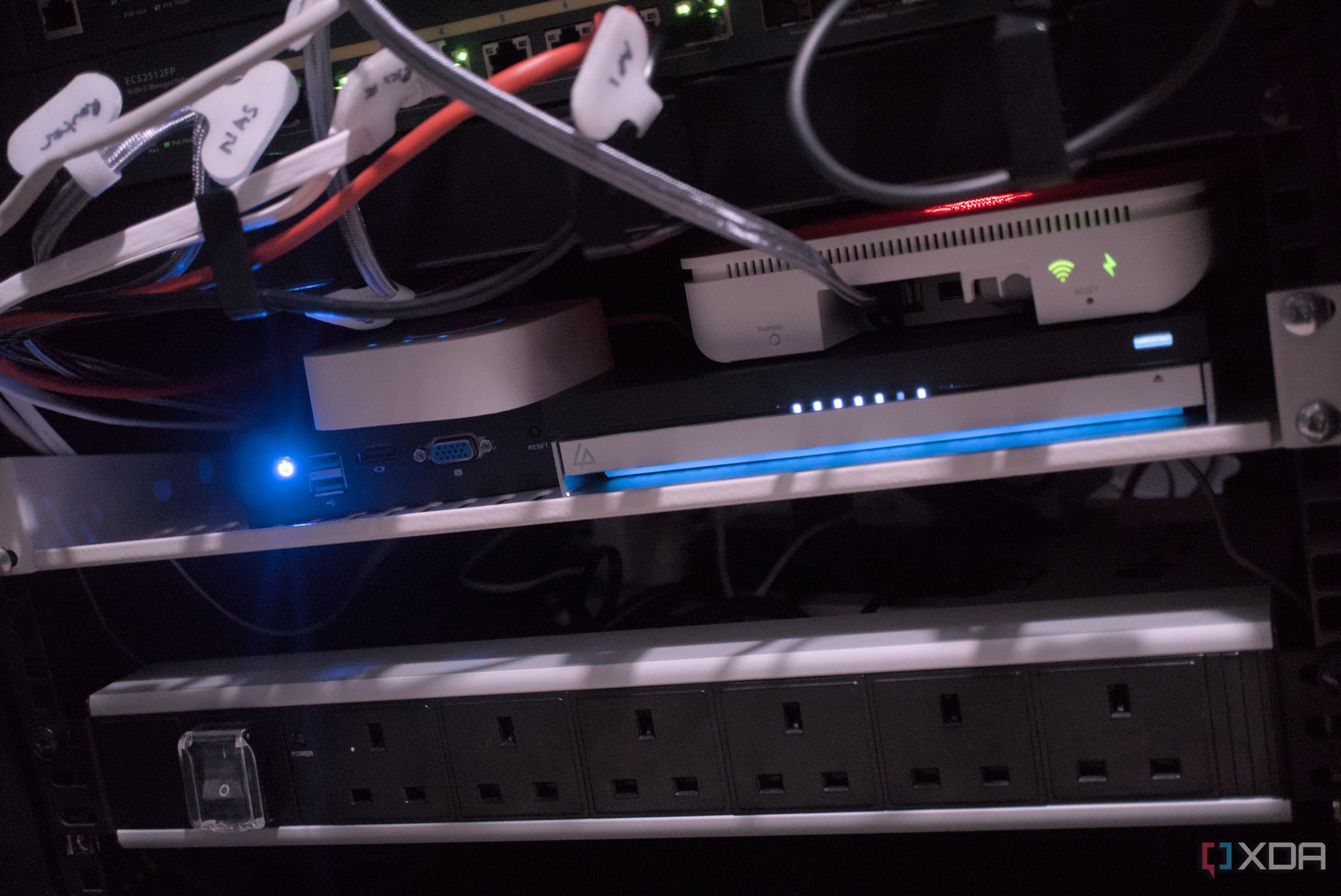URGENT UPDATE: A tech enthusiast has successfully transformed their smart home security by completely cutting off Internet access to IoT devices while maintaining remote control capabilities. This innovative approach highlights a growing trend in cybersecurity as concerns about smart home vulnerabilities escalate.
The breakthrough comes amidst rising fears of compromised smart home devices being exploited by cybercriminals. With the infamous Mirai botnet exploiting unprotected devices, this shift towards local control is more critical than ever. The user utilized Home Assistant and Tailscale to regain control over their smart home environment, effectively blocking potential threats.
In a detailed report, the homeowner described how they took significant steps to isolate their devices. They created a dedicated VLAN for IoT devices, significantly reducing security risks. The meticulous setup process involved configuring firewalls through OPNsense, ensuring that IoT devices could not communicate with the broader Internet.
The homeowner stated, “The Internet has always been a scary place. Automated scanning and AI have made it riskier.” With this strategy, they aimed to enhance security while maintaining the convenience of remote access. By integrating devices that support Zigbee, which operates locally, they were able to minimize reliance on cloud services.
The process was not without challenges. The enthusiast had to implement various firewall rules to enable local communication while blocking unwanted external access. They also set up mDNS reflection, allowing local devices to function without Internet connectivity, thus maintaining efficient operation.
After completing the setup, the user turned to Tailscale, which facilitated secure remote access without exposing the entire network to potential vulnerabilities. This solution enables their smartphone to connect as if it were on the local network, providing peace of mind while away from home.
The latest developments in smart home security will resonate with anyone concerned about their privacy and safety. As the homeowner noted, “I don’t trust most devices on my home network.” Their decision to prioritize local control reflects a growing awareness of cybersecurity risks in smart technology.
Looking ahead, this method could redefine how consumers approach smart home security. With cyber threats becoming increasingly sophisticated, individuals are urged to consider similar protective measures. The implication of these changes could foster a wave of new security practices among smart home users globally.
This urgent update underscores the importance of taking control over personal technology. For many, enhancing security while enjoying the functionality of smart devices is no longer just an option—it is a necessity.
As the conversation around smart home security evolves, readers are encouraged to share this information to raise awareness and encourage others to take similar steps in safeguarding their homes.

